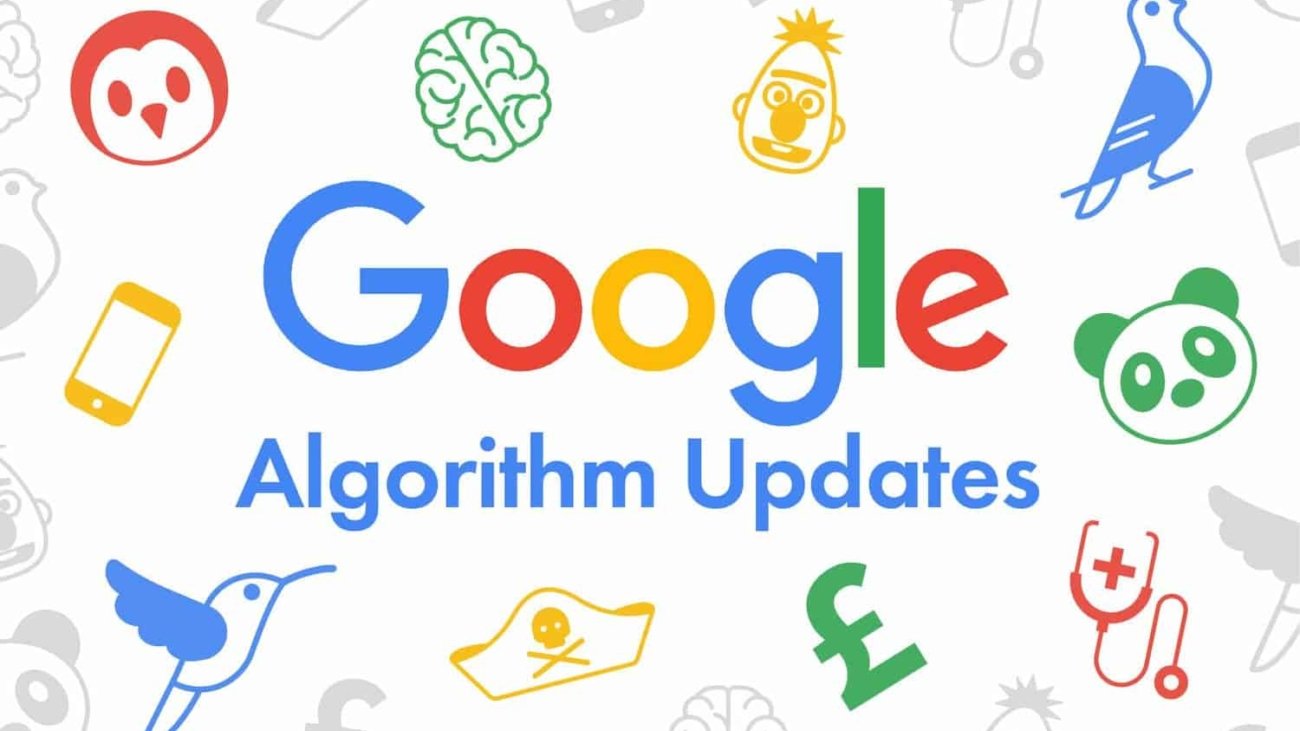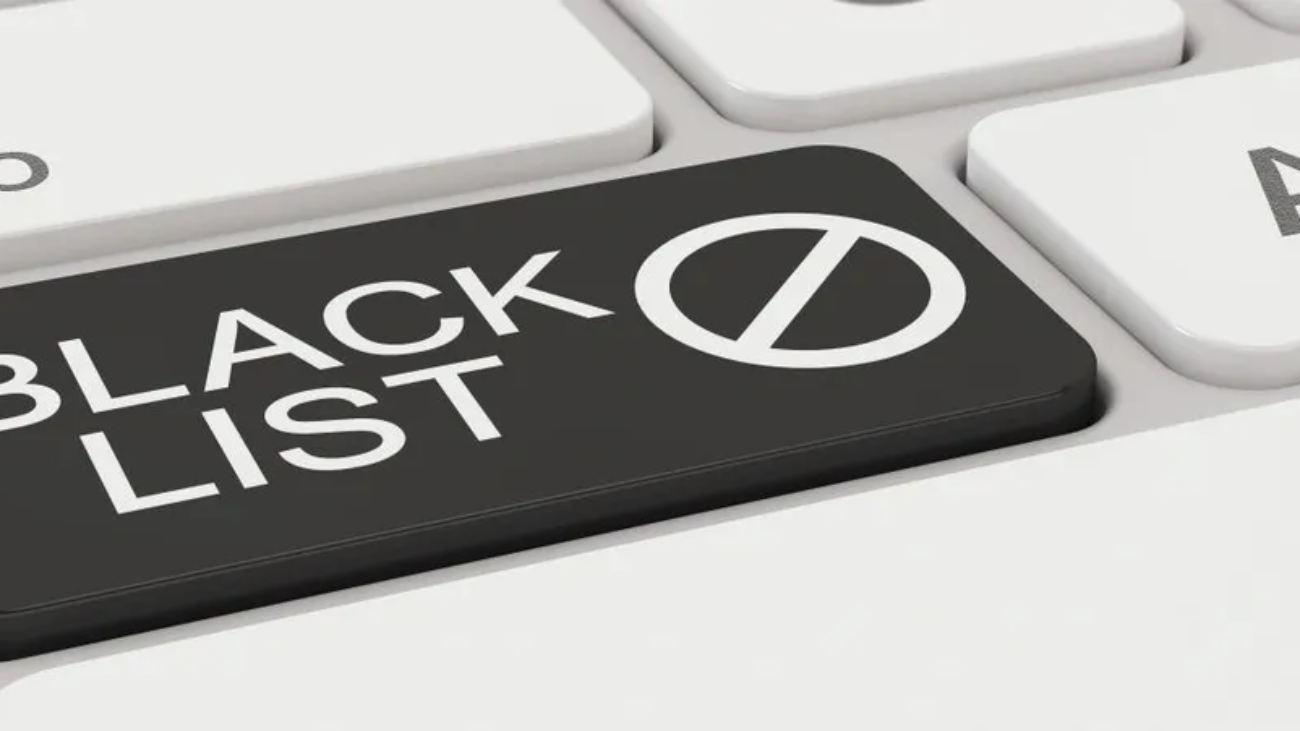Google rolls out thousands of algorithm updates every year. Most are minor, but some shake the entire SEO world. If you’ve noticed a sudden dip in traffic, lost keyword rankings, or declining visibility chances are, you’ve been hit.
This guide walks you through how to recover from an algorithm update whether it’s a core update, spam filter, or AI-based content shift. We’ll cover how to diagnose the issue, take corrective action, and future-proof your SEO strategy for long-term stability.
🚨 Understanding Google Algorithm Updates
What Is a Google Algorithm Update?
An algorithm update refers to a change in how Google ranks and indexes web pages. These updates aim to improve:
-
Search relevance
-
User experience
-
Content quality
-
Spam prevention
Types of Updates:
| Update Type | Description |
|---|---|
| Core Updates | Major updates that impact ranking systems |
| Spam Updates | Target low-quality or manipulative SEO |
| Helpful Content Updates | Focus on people-first, value-driven content |
| Product Reviews | Reward detailed, original product review content |
| Local Updates | Adjust local pack rankings and relevance |
| AI-Powered SGE | AI-generated answers and ranking adaptations |
📉 Step 1: Confirm You’ve Been Hit
Before panicking, verify that your drop in traffic or rankings is due to an algorithm update—not technical issues or seasonal trends.
Key Signs of an Algorithm Hit:
-
Sudden, sharp traffic drop
-
Keywords dropping from Page 1 to Page 5+
-
Decreased impressions in Google Search Console
-
Lower average position across multiple pages
Tools to Use:
-
Google Search Console: Track impressions, clicks, positions
-
Google Analytics: Review organic traffic drop by page
-
SEMrush / Ahrefs / Moz: Monitor keyword rankings
-
Twitter or SEO News: Check if other sites reported similar hits
✅ Tip: Use sites like Search Engine Roundtable or Google’s Search Status Dashboard to confirm algorithm rollout dates.
🔍 Step 2: Identify the Update Type
Once confirmed, you need to understand the kind of update that impacted your site.
Match the Date with Update Type:
-
Core Update: Broad quality signals
-
Spam Update: Penalizes bad backlinks, auto-generated content
-
Helpful Content: AI-generated or thin content hits
-
Product Review: Penalizes templated or affiliate-heavy review pages
-
Local Update: NAP inconsistencies, GBP reviews, proximity relevance
Knowing the nature of the update will guide your recovery strategy.
🧪 Step 3: Analyze the Impact
Perform a deep-dive audit to see where exactly the damage occurred.
Areas to Examine:
| Area | Tool | Action |
|---|---|---|
| Keyword Rankings | Ahrefs/SEMrush | Identify lost keywords |
| Affected URLs | Google Search Console | See which pages lost impressions |
| Backlink Profile | Ahrefs/Moz | Check for toxic links |
| Content Quality | Surfer SEO / Frase | Review E-E-A-T and intent alignment |
| Crawlability | Screaming Frog / Site bulb | Fix crawl errors, redirects |
🛠️ Step 4: Address Technical SEO First
Before diving into content or links, ensure that your technical SEO is flawless.
Fix These Technical Issues:
-
Broken links or redirects
-
Slow loading pages (Core Web Vitals)
-
Mobile-unfriendly layout
-
Crawlability issues (robots.txt, sitemap)
-
Duplicate content
Tools:
-
Screaming Frog
-
Google PageSpeed Insights
-
Search Console Coverage Report
✍️ Step 5: Update and Improve Content
Google’s recent updates heavily prioritize helpful, original, people-first content. This is where most recoveries happen.
Checklist for Content Recovery:
✅ Remove AI-generated fluff
✅ Add unique expert insights
✅ Use structured headers (H1, H2, H3)
✅ Cite authoritative sources
✅ Optimize for keyword clusters
✅ Add internal links to contextually relevant content
✅ Update old stats and links
Pro Tip: Don’t just rewrite rethink the page purpose. Ask: “Does this solve the user’s problem better than the top 3 results?”
🧠 Step 6: Strengthen E-E-A-T
E-E-A-T (Experience, Expertise, Authoritativeness, Trustworthiness) is at the core of Google’s algorithm strategy.
Ways to Improve E-E-A-T:
-
Add author bios with credentials
-
Use HTTPS and clear privacy pages
-
Get expert quotes or reviews
-
Earn mentions on high-authority domains
-
Display testimonials and real results
-
Update About Us pages with achievements
📌 Make sure authors are real, topics match expertise, and site design reflects professionalism.
🔗 Step 7: Audit Your Backlinks
Many algorithm penalties stem from poor backlink profiles either too many spammy links or an unnatural anchor text distribution.
Perform a Link Audit:
-
Identify toxic or irrelevant backlinks
-
Disavow spammy domains via Search Console
-
Build new white-hat links through:
-
Digital PR
-
Guest posting
-
Broken link building
-
Niche directories
-
⚠️ Avoid buying links or joining link farms. Google’s Spam Brain AI is highly effective at catching manipulative patterns.
📅 Step 8: Monitor and Wait
After implementing changes, it’s time to wait and monitor. Recovery from an algorithm update can take weeks to months especially after core updates.
What to Track:
| Metric | Tool |
|---|---|
| Impressions / CTR | Google Search Console |
| Ranking Recovery | Ahrefs / SEMrush |
| Traffic by Page | Google Analytics |
| Site Health Score | Sitebulb / Screaming Frog |
Be consistent and patient. Overhauls take time to re-index and re-evaluate.
🧭 Step 9: Future-Proof Your SEO Strategy
Recovery is great but prevention is better. Use this experience to build a resilient SEO strategy going forward.
Tips for Future-Proofing:
-
Create content clusters and topical authority
-
Maintain fast, secure, mobile-first websites
-
Publish consistently helpful content
-
Audit and update content quarterly
-
Keep up with Google’s documentation and SEO news
-
Balance automation with human quality control
🧰 Bonus: Tools for Algorithm Update Recovery
| Tool | Use |
|---|---|
| Google Search Console | Track drops, monitor fixes |
| Ahrefs/SEMrush | Analyze backlinks, keywords |
| Surfer SEO | Content optimization |
| Frase.io | Generate better content briefs |
| Screaming Frog | Technical SEO crawler |
| Google Trends | Check if drops are seasonal or trend-driven |
✅ Final Thoughts: Stay Calm, Stay Smart
If you’ve been hit by a Google algorithm update don’t panic. It’s a sign that your site needs recalibration, not the end of your online visibility.
By following a structured recovery process auditing, fixing, optimizing, and monitoring you can bounce back stronger, earn better rankings, and build resilience for future changes.
And remember: SEO is not a one-time project it’s a living, evolving strategy.
🌍 Embracing Resilience in an AI-Driven SEO Landscape
The SEO landscape is changing faster than ever. Google’s increasing reliance on AI through updates like Search Generative Experience (SGE), Spam Brain, and Rank Brain demands a shift in mindset.
Recovering from an algorithm update isn’t just about fixing what went wrong. It’s about understanding how Google thinks and preparing your site to meet future expectations, not just current standards.
🧠 Understand Google’s Intent with AI Updates
Google’s AI systems prioritize:
-
User intent matching
-
Contextual relevance
-
Human experience over automation
-
Freshness and originality
So your recovery must go beyond keywords and links. You must ensure that every page:
-
Serves a clear, helpful purpose
-
Is written or reviewed by real experts
-
Provides depth, multimedia, and unique angles
-
Has updated metadata and schema for machine understanding
📚 Turn Recovery into a Growth Opportunity
Many sites that suffer from an algorithm update eventually rank higher than ever if they take a data-driven and user-first recovery path.
Case in Point: A food blog lost 70% traffic in the Helpful Content Update. After pruning 300 low-value posts, improving E-E-A-T signals, and adding structured recipe schema it saw a 3x increase in organic traffic six months later.
Lesson: Recovery is a wake-up call to elevate your SEO and editorial standards not just a penalty.
🚀 The SEO Mindset for 2025 and Beyond
To survive and thrive in an AI-led ranking system, you must:
-
Build long-term topical authority, not just one-off posts
-
Use first-hand experience to differentiate content
-
Keep your site architecture optimized and crawlable
-
Encourage user engagement signals like time on page and interaction
-
Stay informed with updates from Google Search Central Blog, Twitter/X SEO experts, and documentation
Remember: Google is not trying to penalize you it’s trying to serve users better. Your success is tied to their mission. The sooner you align with that, the stronger your rankings will be.

